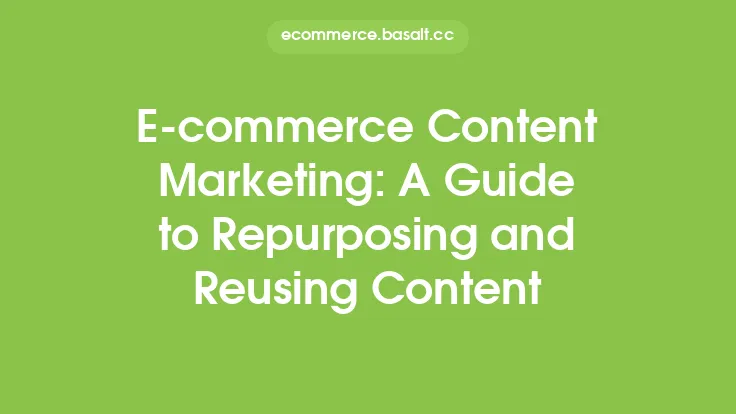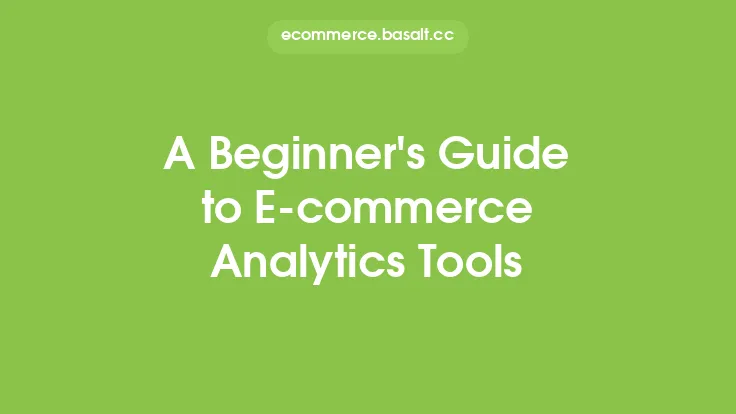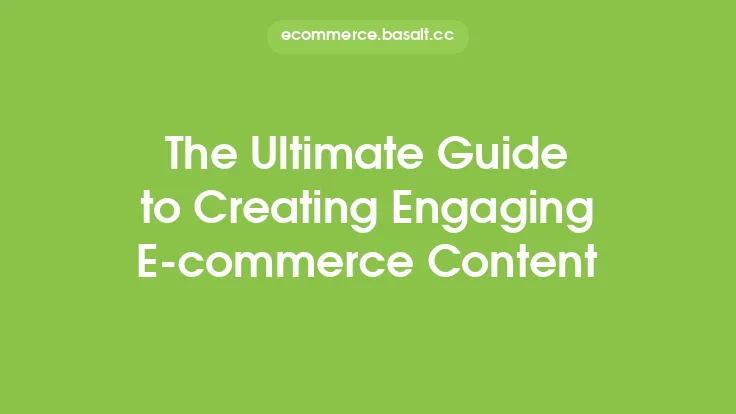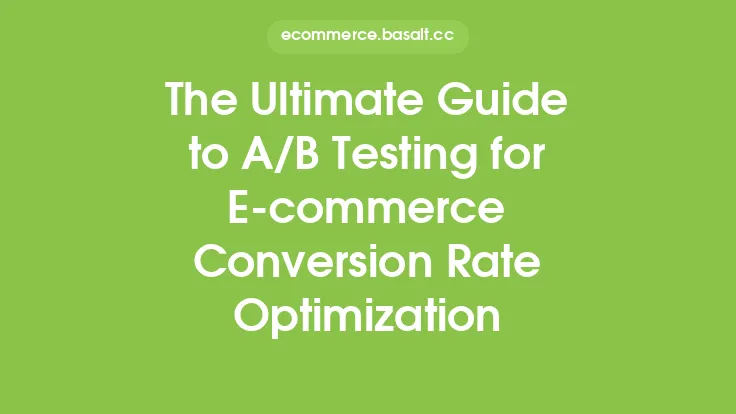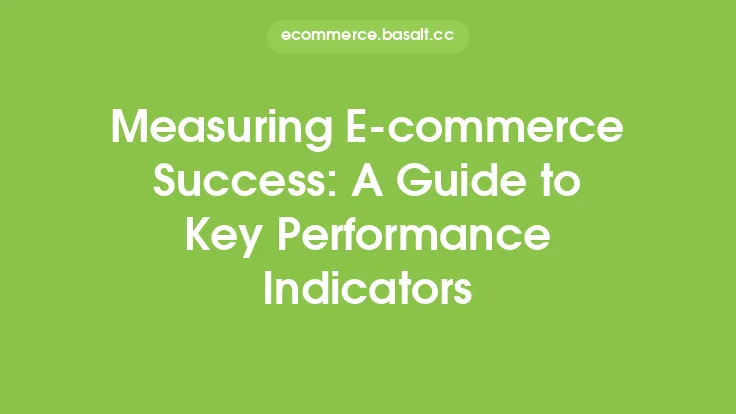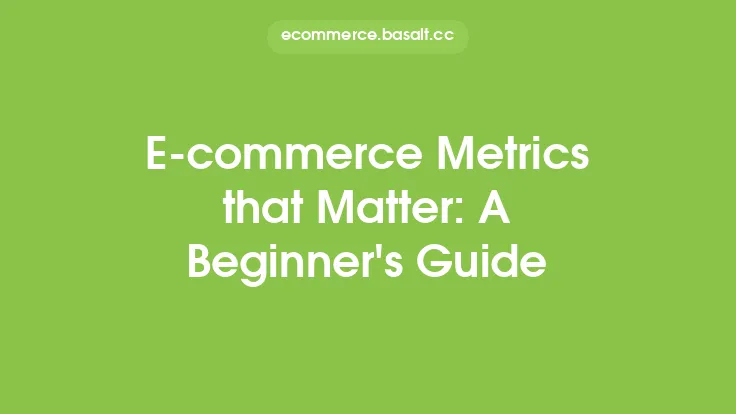Getting started with e-commerce content marketing can be a daunting task, especially for beginners. With so many different strategies and techniques to choose from, it can be difficult to know where to start. However, by understanding the fundamentals of e-commerce content marketing, businesses can create a solid foundation for their marketing efforts and set themselves up for long-term success.
What is E-commerce Content Marketing?
E-commerce content marketing refers to the practice of creating and distributing valuable, relevant, and consistent content to attract and retain a clearly defined audience, with the ultimate goal of driving sales and revenue. This type of marketing focuses on providing value to customers, rather than simply promoting products or services. By creating high-quality content, e-commerce businesses can establish themselves as authorities in their industry, build trust with their target audience, and drive conversions.
Benefits of E-commerce Content Marketing
There are numerous benefits to using e-commerce content marketing, including increased brand awareness, improved search engine rankings, and enhanced customer engagement. By creating a content marketing strategy, businesses can also improve their customer retention rates, increase their average order value, and drive more sales. Additionally, content marketing can help businesses to differentiate themselves from their competitors, establish a unique voice and tone, and build a loyal community of customers.
Types of E-commerce Content
There are many different types of e-commerce content that businesses can use to reach their target audience. Some of the most common types of content include blog posts, product descriptions, social media posts, email newsletters, and video content. Each type of content has its own unique benefits and drawbacks, and businesses should choose the types of content that best fit their marketing goals and target audience. For example, blog posts are great for establishing a business as an authority in their industry, while social media posts are better suited for driving engagement and conversions.
Creating a Content Marketing Strategy
Creating a content marketing strategy is essential for e-commerce businesses that want to get the most out of their content marketing efforts. A good strategy should include a clear definition of the target audience, a content calendar, and a plan for distributing and promoting content. Businesses should also define their marketing goals and objectives, and choose the metrics that they will use to measure the success of their content marketing efforts. By having a solid strategy in place, businesses can ensure that their content marketing efforts are aligned with their overall marketing goals, and that they are getting the most out of their content.
Content Creation Best Practices
When it comes to creating e-commerce content, there are several best practices that businesses should keep in mind. First and foremost, content should be high-quality, engaging, and relevant to the target audience. Businesses should also use a variety of formats, such as text, images, and video, to keep their content fresh and interesting. Additionally, content should be optimized for search engines, with keywords and phrases that are relevant to the business and its products. Finally, businesses should make sure that their content is mobile-friendly, as more and more customers are accessing e-commerce sites from their smartphones and tablets.
Distribution and Promotion
Once content has been created, it's time to think about distribution and promotion. There are many different channels that businesses can use to distribute their content, including social media, email, and paid advertising. The key is to choose the channels that are most relevant to the target audience, and to use a variety of tactics to promote content and drive engagement. For example, businesses can use social media to promote their blog posts, or email to promote their latest products and offers. By using a combination of channels and tactics, businesses can ensure that their content is seen by as many people as possible, and that they are getting the most out of their content marketing efforts.
Common Mistakes to Avoid
When it comes to e-commerce content marketing, there are several common mistakes that businesses should avoid. One of the biggest mistakes is to focus too much on promotional content, rather than providing value to customers. Businesses should also avoid using low-quality or irrelevant content, as this can damage their reputation and turn off potential customers. Additionally, businesses should make sure that their content is consistent, and that they are posting regularly to keep their audience engaged. By avoiding these common mistakes, businesses can create a successful content marketing strategy that drives sales and revenue.
Future of E-commerce Content Marketing
The future of e-commerce content marketing is exciting and rapidly evolving. With the rise of new technologies such as artificial intelligence and virtual reality, businesses will have even more opportunities to create innovative and engaging content. Additionally, the increasing importance of mobile and social media will continue to shape the way that businesses approach content marketing. By staying ahead of the curve and adapting to the latest trends and technologies, businesses can ensure that their content marketing efforts remain effective and drive long-term success.
